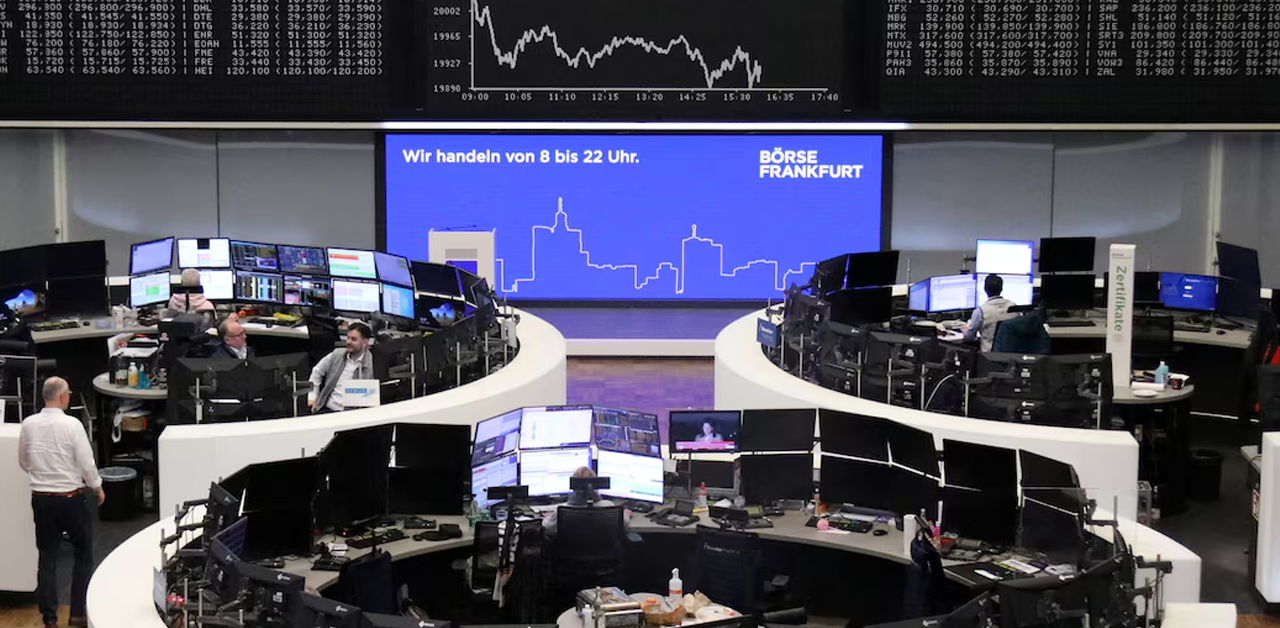The Australian Dollar (AUD) is under pressure for a second straight session on Friday, slipping further against the US Dollar (USD) after retreating from an eight-month high of 0.6625 reached on Thursday. The AUD/USD pair continues to face headwinds as global trade developments and cautious sentiment boost demand for the Greenback.
US Dollar Gains on Market Caution and Strong Economic Data
The US Dollar Index (DXY) has extended its rebound, trading around 97.60, as investors remain cautious ahead of key economic releases and ongoing global trade discussions. Durable Goods Orders for June, due later in the day, will be closely watched for further direction.
The Dollar’s strength is supported by a robust US labor market. Initial Jobless Claims dropped to 217,000 last week, marking the sixth straight weekly decline—the longest streak since 2022. Meanwhile, S&P Global’s preliminary Composite PMI rose to 54.6 in July from 52.9 in June, reflecting the fastest pace of growth in seven months. The services sector led the expansion, with the Services PMI climbing to 55.2, while the Manufacturing PMI fell to 49.5, signaling a mild contraction.
Federal Reserve officials remain divided on the path forward. Governor Adriana Kugler stressed the need to maintain current interest rates given rising consumer prices due to tariffs. San Francisco Fed President Mary Daly called two rate cuts this year “reasonable,” while Governor Christopher Waller advocated for a rate cut at the July meeting, citing mounting risks. Treasury Secretary Scott Bessent indicated a new Fed Chair nominee could be announced by early 2026, but emphasized there’s “no rush.”
Trade Developments Add to Uncertainty
Trade relations continue to dominate headlines. US Treasury Secretary Bessent confirmed another round of high-level trade talks with China in Stockholm next week—an event closely monitored by markets given China’s key trading relationship with Australia.
President Trump also announced a trade deal with Japan that includes 15% tariffs on exports to the US and a $550 billion Japanese investment in American infrastructure. Meanwhile, a Financial Times report revealed progress on a US-EU trade deal that would impose similar tariffs. Trump also signaled optimism about an impending deal with the Philippines during a meeting with President Bongbong Marcos.
Australian Economic Outlook: Solid PMIs but Easing Signals
Despite the AUD’s decline, domestic data points to resilience. Australia’s Composite PMI rose to 53.6 in July—its highest level since April 2022—marking ten straight months of expansion. The Services PMI jumped to 53.8, while the Manufacturing PMI improved to 51.6, driven by a surge in new orders.
Speaking at the Anika Foundation event in Sydney, Reserve Bank of Australia (RBA) Governor Michele Bullock reaffirmed her commitment to keeping inflation low and stable amid lingering global uncertainty. RBA meeting minutes suggest the board is open to further rate cuts but prefers a cautious, data-driven approach. Most members felt three cuts in four meetings would be too aggressive without firm evidence of slowing inflation.
Meanwhile, the Westpac-Melbourne Institute Leading Index indicated waning momentum in the Australian economy, with the six-month annualized growth rate dipping to 0.03% in June, primarily due to weaker commodity prices and reduced working hours.












